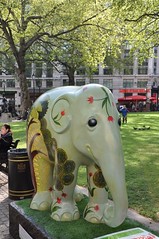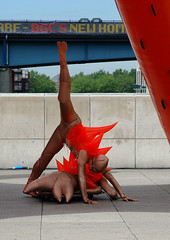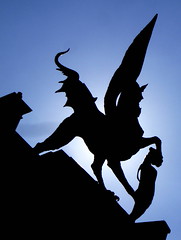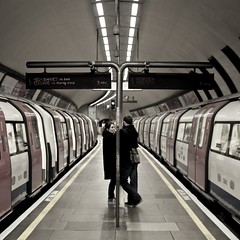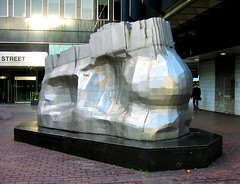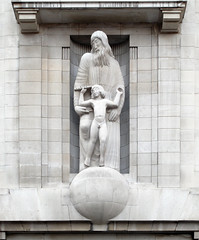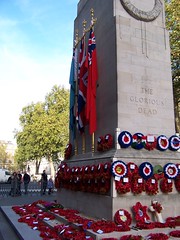 Question of the week:
Question of the week: " As I've said before, I'm a dance fan as well as a London-lover, so I'm really looking forward to the Greenwich and Docklands International Festival (24 June – 2 July 2011 ) - an amazing collection of free dance and other performances in the east of the city. They bill themselves as 'seriously spectacular street theatre' and based on previous years' events, they're not kidding. Check out their website, or there's a print program of events in the LUP Library, with the newspapers. Most of the events are free and open to all - a handful are free, but need to be pre-booked."- Miss Alice
* Photo by drinksmachine, used under Creative Commons, with thanks.

